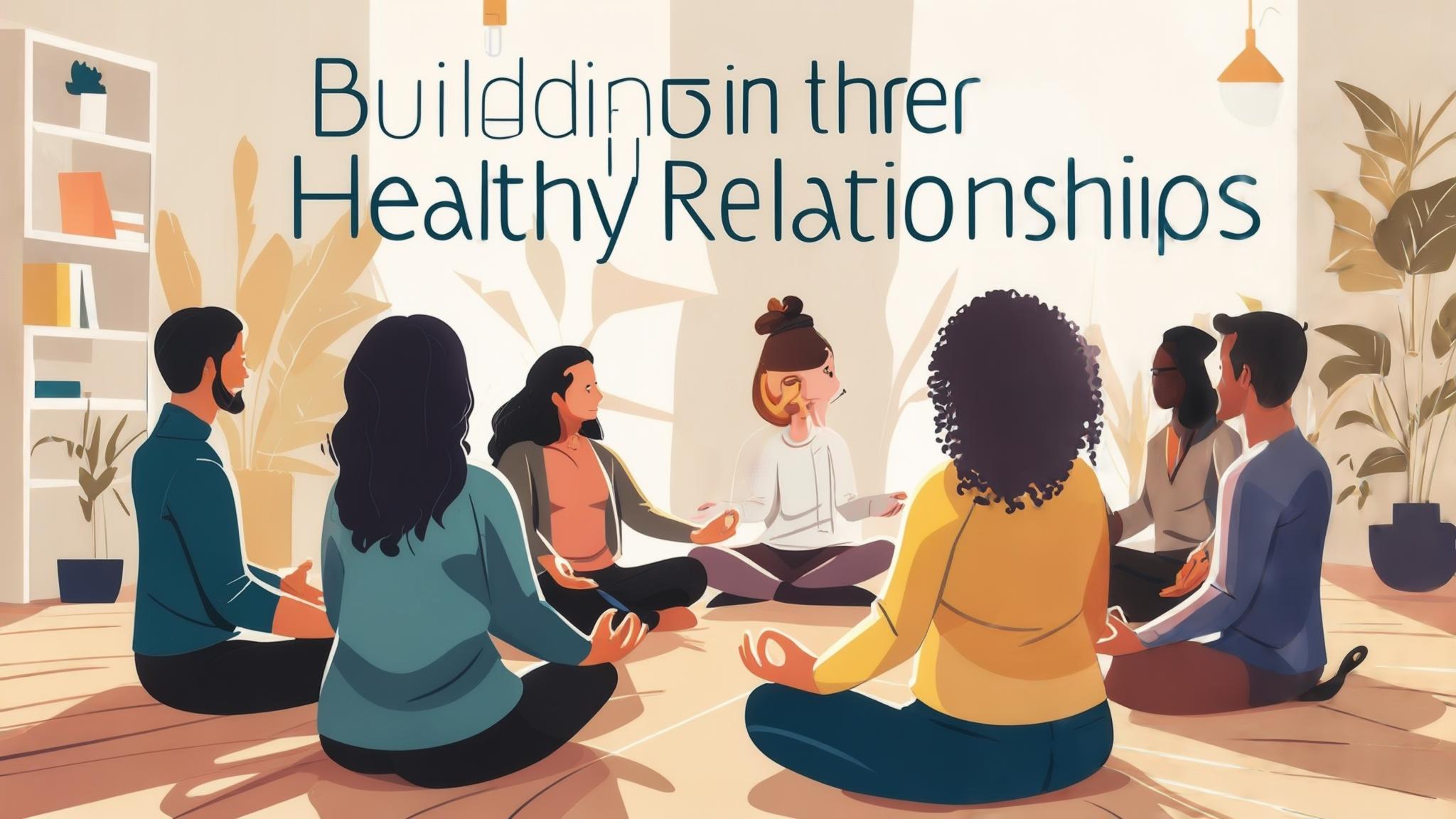I. Introduction
A. Definition of Group Therapy
Group therapy is a form of psychological treatment that involves one or more therapists working with multiple participants simultaneously. It serves as a supportive platform where individuals can share their experiences, express their feelings, and receive feedback from peers in a structured environment.
B. Importance of Healthy Relationships
Healthy relationships are crucial for emotional and mental well-being. They provide support, reduce stress, enhance feelings of belonging, and foster personal growth. Positive relationships can significantly impact an individual's self-esteem and overall quality of life.
C. Purpose of the Article
This article explores the role of group therapy in fostering healthy relationships, outlining its structure, the psychological basis behind its effectiveness, and the skills developed through participation.
II. Understanding Group Therapy
A. Types of Group Therapy
- Psychoeducational Groups: These groups focus on providing information and education about mental health topics, equipping members with the knowledge to manage their issues effectively.
- Support Groups: These offer a platform for individuals with shared experiences (e.g., grief, addiction) to support each other.
- Interpersonal Therapy Groups: These emphasize improving interpersonal relationships through communication and social skills.
- Cognitive-Behavioral Therapy Groups: These utilize techniques to help members identify and change negative thought patterns and behaviors.
B. Structure of Group Therapy Sessions
- Typical Duration and Frequency: Most group therapy sessions last between 60 to 90 minutes and occur weekly or bi-weekly.
- Role of the Therapist: The therapist facilitates discussions, manages group dynamics, and ensures a safe environment for sharing.
- Group Dynamics and Rules: Groups often establish norms regarding confidentiality, participation, and respect to create a safe space for members.
III. The Psychological Basis of Group Therapy
A. Theories Supporting Group Therapy
-
Yalom’s Therapeutic Factors:
- Universality: Realizing others share similar experiences and feelings.
- Altruism: Helping others fosters a sense of belonging and self-worth.
- Social Learning: Observing behaviors in others provides insights for personal change.
- Psychodynamic Theories: These theories focus on unconscious processes and interpersonal relationships that influence behavior.
- Cognitive-Behavioral Approaches: These concentrate on altering negative thought patterns by sharing experiences and coping strategies with peers.
B. The Role of Group Dynamics
Group dynamics, including cohesion, norms, and roles, significantly influence the therapy process. Cohesion fosters safety and trust, while established norms guide participation and interaction.
IV. Building Healthy Relationships Through Group Therapy
A. Communication Skills Development
Group therapy fosters the development of vital communication skills:
- Active Listening: Members learn to listen attentively and respond empathetically.
- Expressing Feelings and Needs: Participants practice articulating their thoughts and emotions clearly.
- Conflict Resolution Strategies: The group provides a platform to practice resolving disagreements constructively.
B. Empathy and Understanding
Through sharing personal narratives, members cultivate empathy. Understanding others' perspectives enhances emotional connections and diminishes feelings of isolation.
C. Trust and Vulnerability
Establishing trust is essential in a group setting. Vulnerability in sharing personal struggles leads to deeper connections and healthier relationships both inside and outside of therapy.
D. Feedback and Support
Group therapy encourages giving and receiving constructive feedback, strengthening the support system among members as they work towards common goals.
V. Overcoming Challenges in Group Therapy
A. Common Barriers to Participation
Participation may be hindered by:
- Fear of Judgment: Individuals may fear criticism from peers.
- Difficulty in Sharing Personal Experiences: Opening up can be intimidating for many.
B. Strategies for Overcoming Barriers
- Setting a Safe Environment: Therapists enforce confidentiality and respect within the group.
- Gradual Exposure to Sharing: Starting with small disclosures can help build confidence.
- Encouragement from the Therapist and Peers: Supportive encouragement can motivate individuals to engage.
VI. Case Studies and Real-Life Examples
A. Success Stories
Many individuals have reported improved relationships after participating in group therapy. For instance, one participant felt more capable of expressing their feelings after learning tools for effective communication, ultimately enhancing their relationship with family.
B. Group Therapy Formats
Group therapy can be held in-person or online. While in-person groups can provide a sense of community, online therapy offers flexibility and accessibility, allowing individuals to participate from various locations.
VII. Conclusion
A. Recap of Key Points
Group therapy is a valuable resource for building healthy relationships. It enhances communication skills, empathy, trust, and a robust support system among members.
B. Encouragement to Seek Help
Consider group therapy an avenue for personal growth and enhancing your relationships. It provides tools for deeper connections and emotional understanding.
C. Resources for Further Reading
- The Theory and Practice of Group Psychotherapy by Irvin D. Yalom
- The American Group Psychotherapy Association (AGPA)
- Articles on Psychology Today about group therapy benefits.
VIII. References
- Yalom, I. D. (1995). The Theory and Practice of Group Psychotherapy. Basic Books.
- McClendon, R. (2021). Understanding Group Dynamics and Leadership: A Guide for Professionals. SAGE Publications.
- American Group Psychotherapy Association (AGPA). (2022). Resources on Group Therapy.

